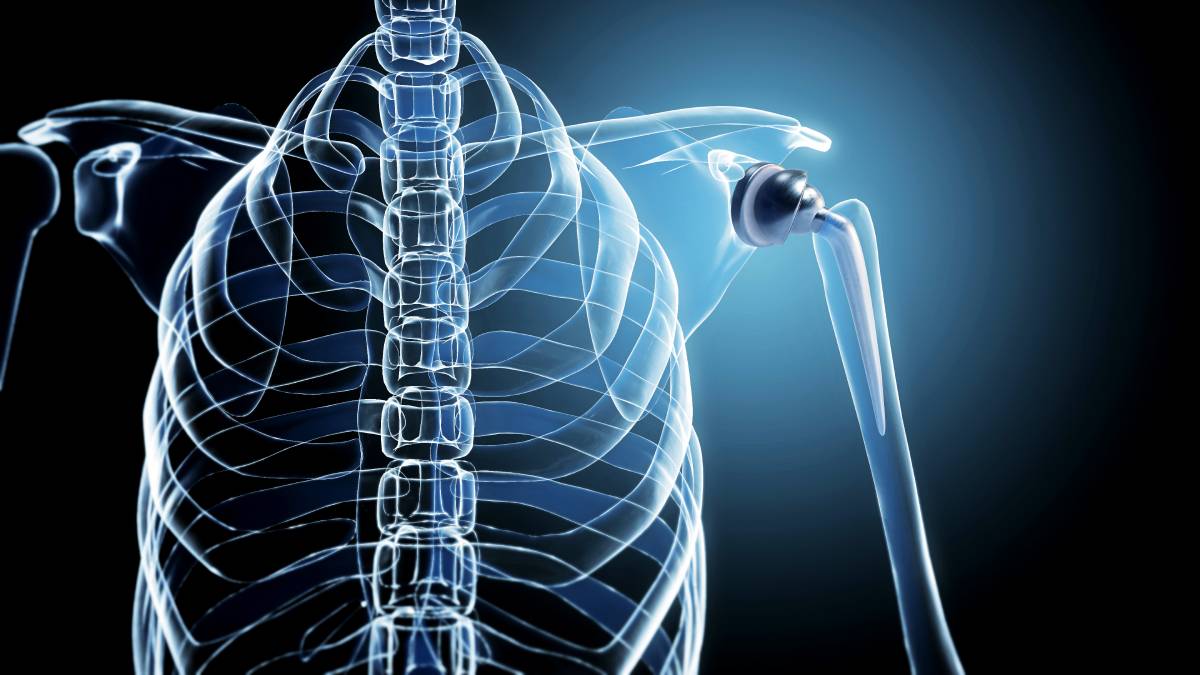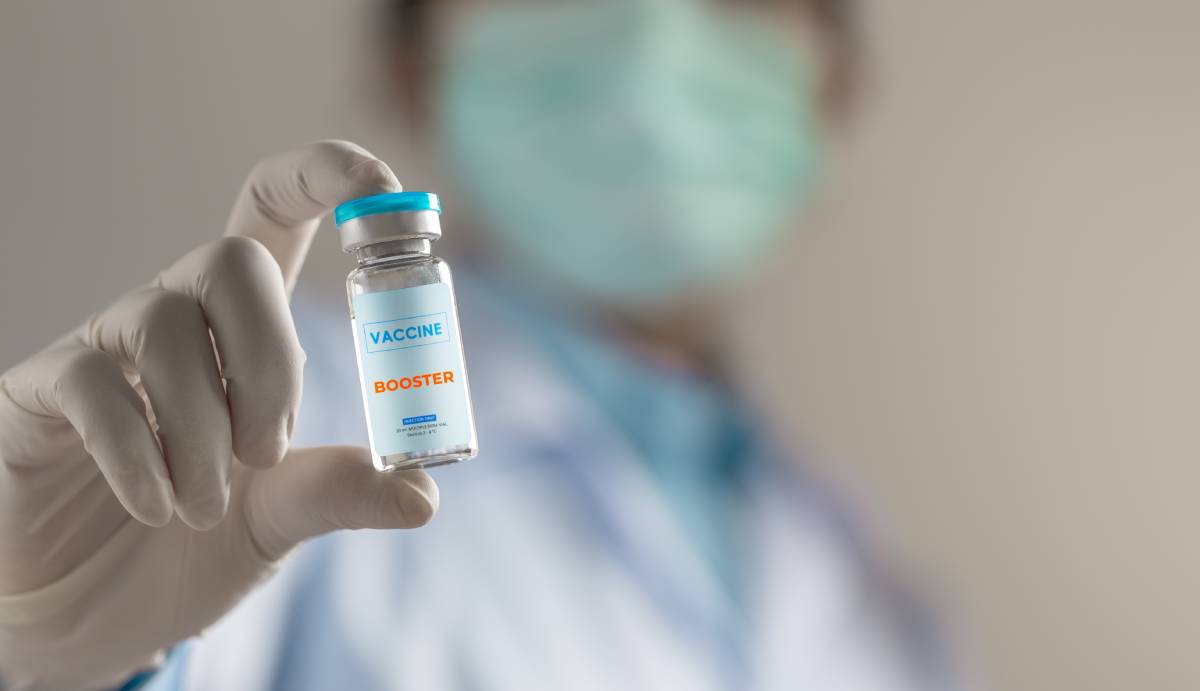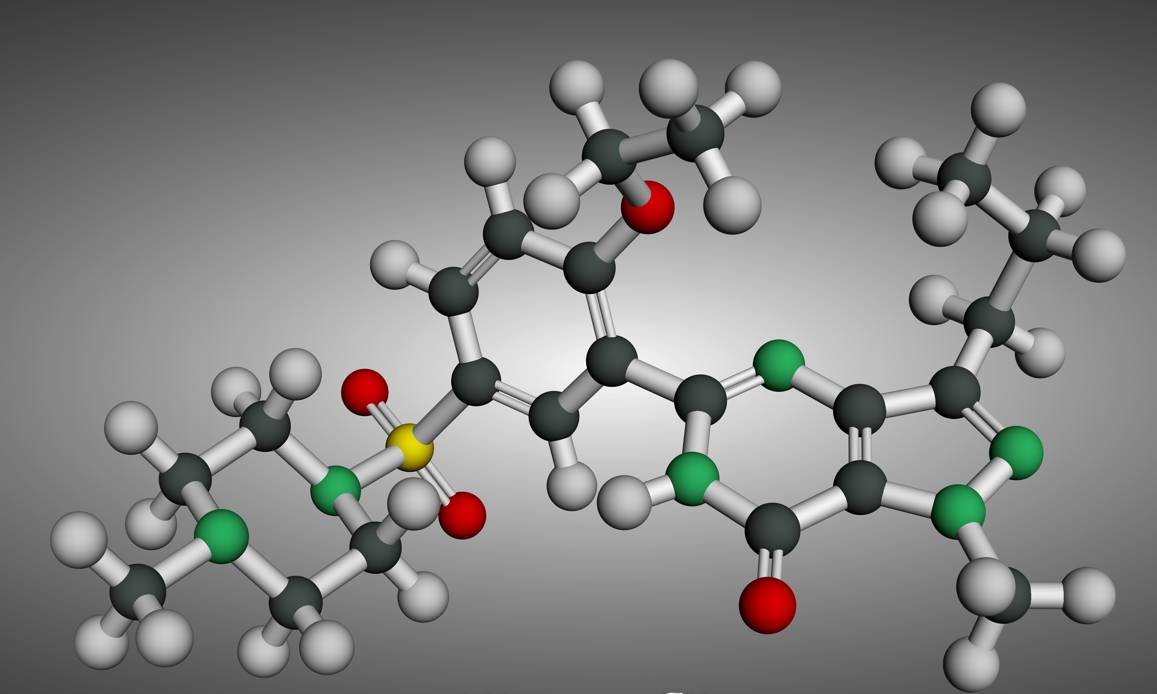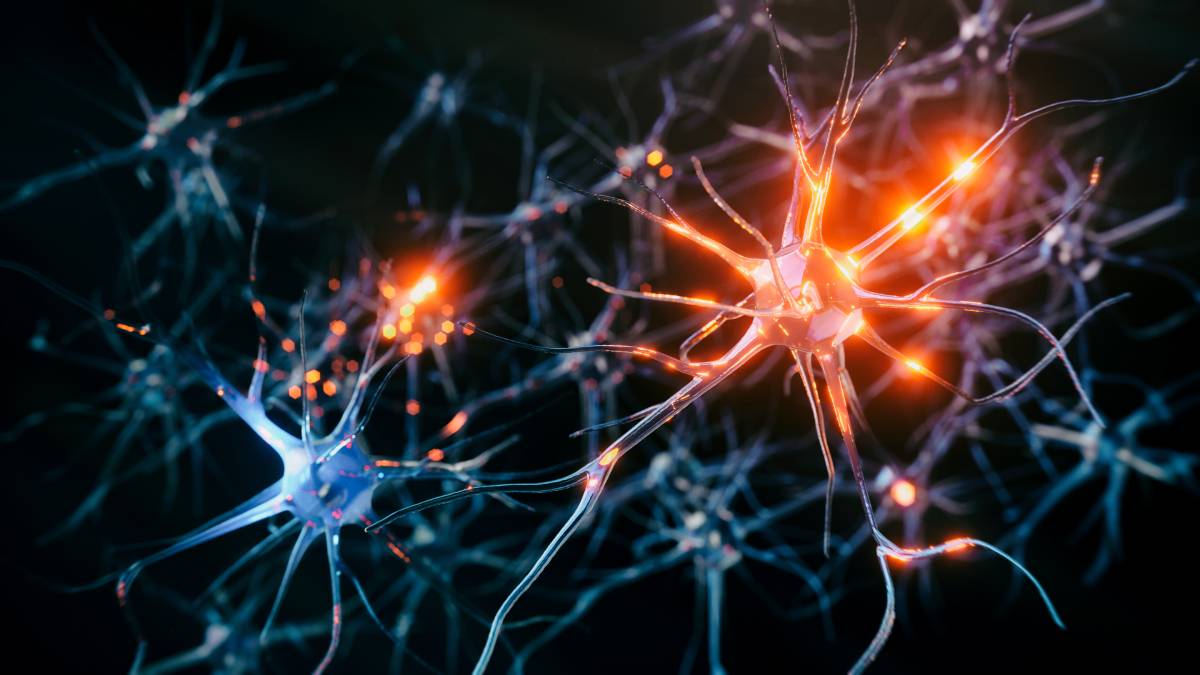In the high-stakes environment of the operating room (OR), precision, communication, and teamwork are paramount. Among the various protocols implemented to ensure patient safety and surgical success, one common practice is the “time-out”. As defined by the Joint Commission’s Universal Protocol, OR time-outs are deliberate pauses taken before the commencement of surgical procedures to verify critical details and prevent errors. This practice has been widely adopted across healthcare facilities globally, contributing significantly to the reduction of preventable surgical complications.
The practice of time-outs in the OR originated from the need to reduce surgical errors, particularly wrong-site, wrong-procedure, and wrong-patient surgeries. These errors, though rare, can have devastating consequences for patients and healthcare providers alike. The time-out procedure, therefore, serves as a final check to ensure that all team members are aligned and any discrepancies are resolved before the incision is made 1.
A typical time-out involves the entire surgical team and is led by a designated team member, often the surgeon or circulating nurse. The key components verified during a time-out are the patient’s name and date of birth, the specific procedure to be performed, and the correct surgical site. The team ensures as well that the patient’s consent form is accurate and matches the planned procedure and reviews any patient allergies and relevant medical history that could impact the surgery. The team checks that all necessary equipment and supplies are available and functioning. The roles and responsibilities of each team member during the procedure are clarified 2,3.
The implementation of time-outs in the OR has several benefits. First, time-outs foster open communication among the surgical team, ensuring that everyone is on the same page and aware of their roles. This collaborative approach reduces the likelihood of errors and enhances team coordination. Second, by systematically verifying critical information, time-outs significantly reduce the risk of wrong-site, wrong-procedure, and wrong-patient surgeries. They also help identify and rectify any inconsistencies or missing information before the procedure begins. Finally, adhering to time-out protocols helps healthcare facilities comply with regulatory standards and accreditation requirements, such as those set by the Joint Commission. This compliance is important for maintaining a facility’s reputation and operational status 1,3.
Despite their benefits, OR time-outs can have a number of challenges. Some team members may view them as redundant or time-consuming, particularly in high-volume surgical settings. Additionally, the effectiveness of a time-out depends on the commitment and cooperation of the entire surgical team. To address these challenges, ongoing education and training, as well as refining protocols, can improve the use of time-outs 3,4.
Time-outs in the OR are a simple yet powerful tool in the quest for surgical excellence. By fostering meticulous attention to detail and encouraging robust team communication, time-outs play a critical role in preventing errors and enhancing patient safety.
References
1. Enhancing Patient Safety: Understanding Timeouts in the Operating Room | Skytron, LLC. Available at: https://www.skytron.com/articles/enhancing-patient-safety-understanding-timeouts-in-the-operating-room/. (Accessed: 20th June 2024)
2. Li, G. et al. Postoperative Pulmonary Complications’ Association with Sugammadex versus Neostigmine: A Retrospective Registry Analysis. Anesthesiology (2021). doi:10.1097/ALN.0000000000003735
3. Papadakis, M., Meiwandi, A. & Grzybowski, A. The WHO safer surgery checklist time out procedure revisited: Strategies to optimise compliance and safety. International Journal of Surgery (2019). doi:10.1016/j.ijsu.2019.07.006
4. Article | Outpatient Surgery Magazine. Available at: https://www.aorn.org/outpatient-surgery/article/2018-December-your-attention-please-time-for-a-time-out. (Accessed: 20th June 2024)









